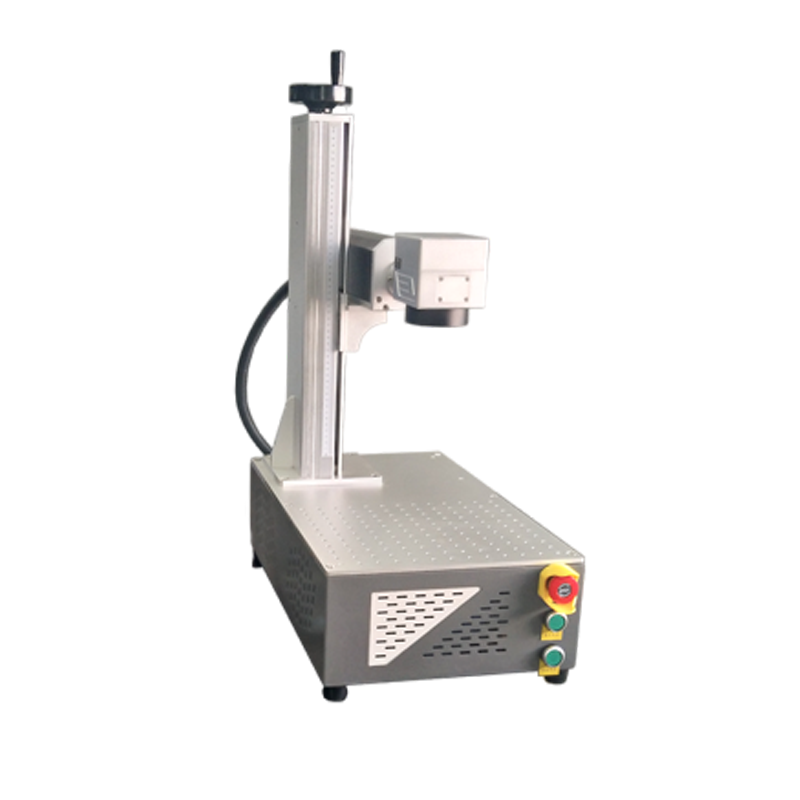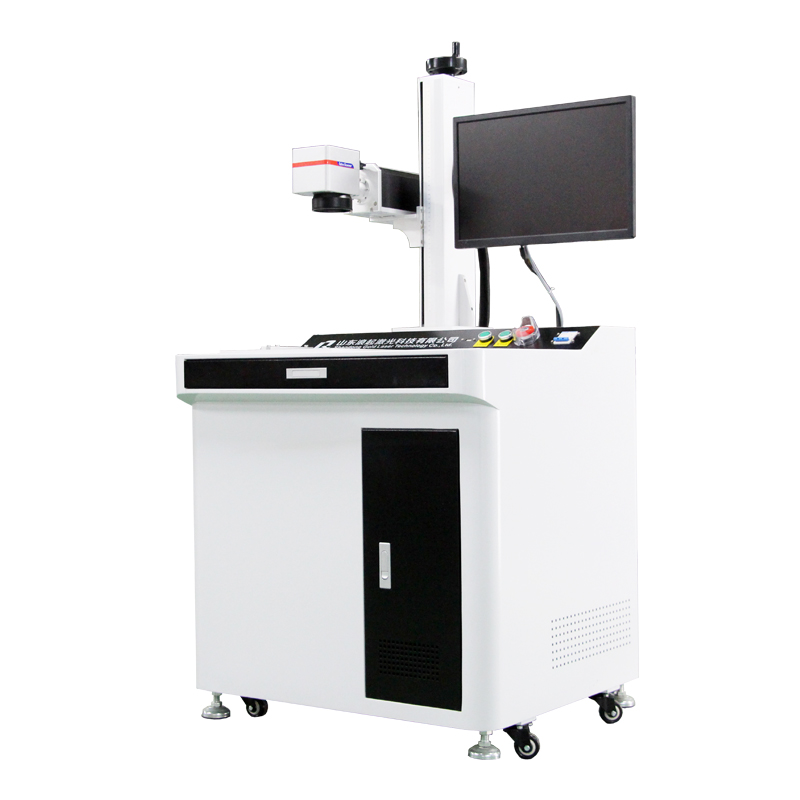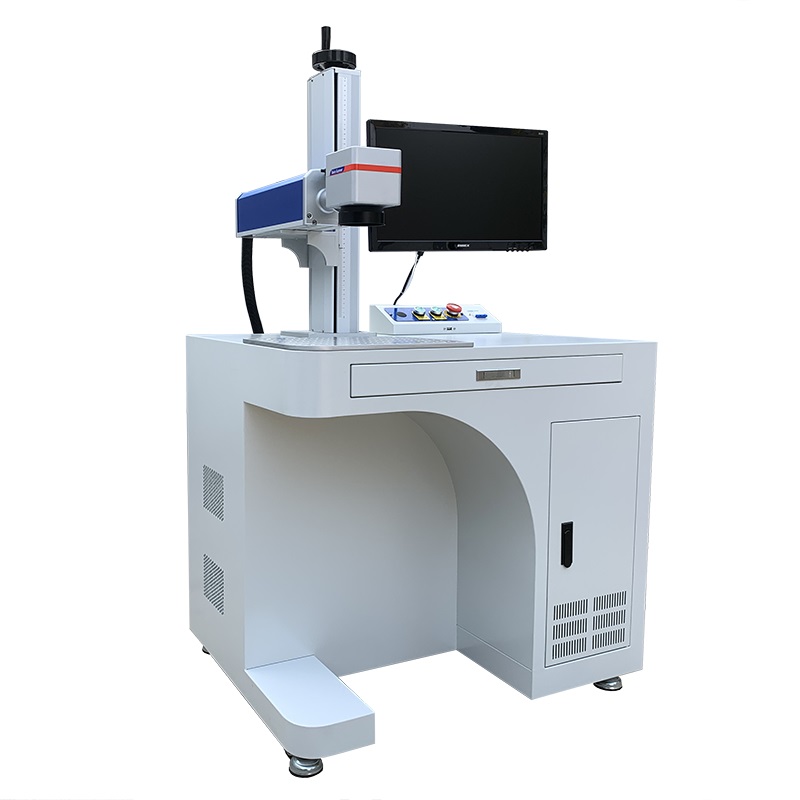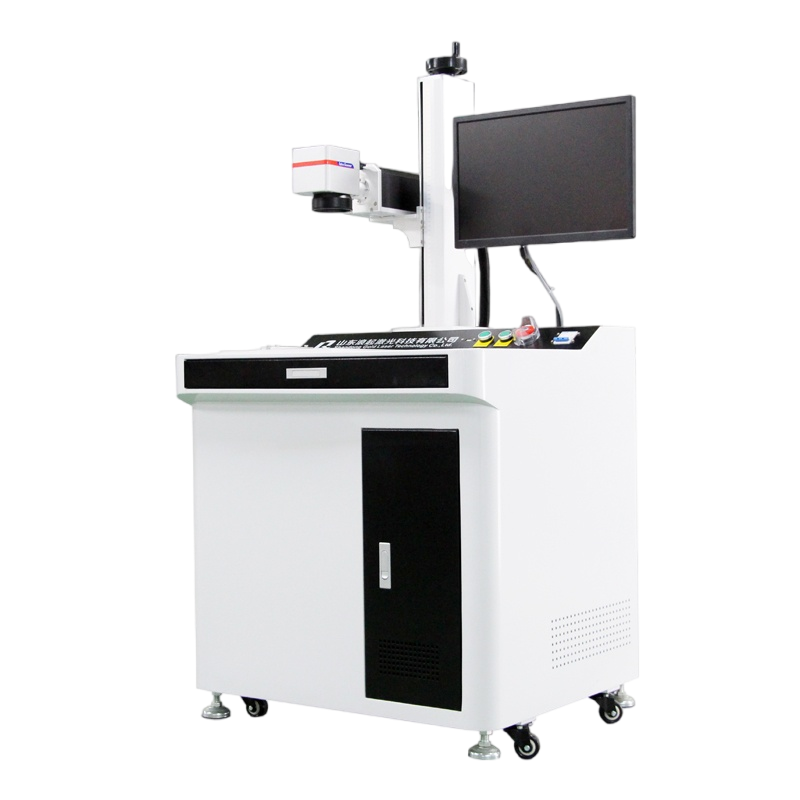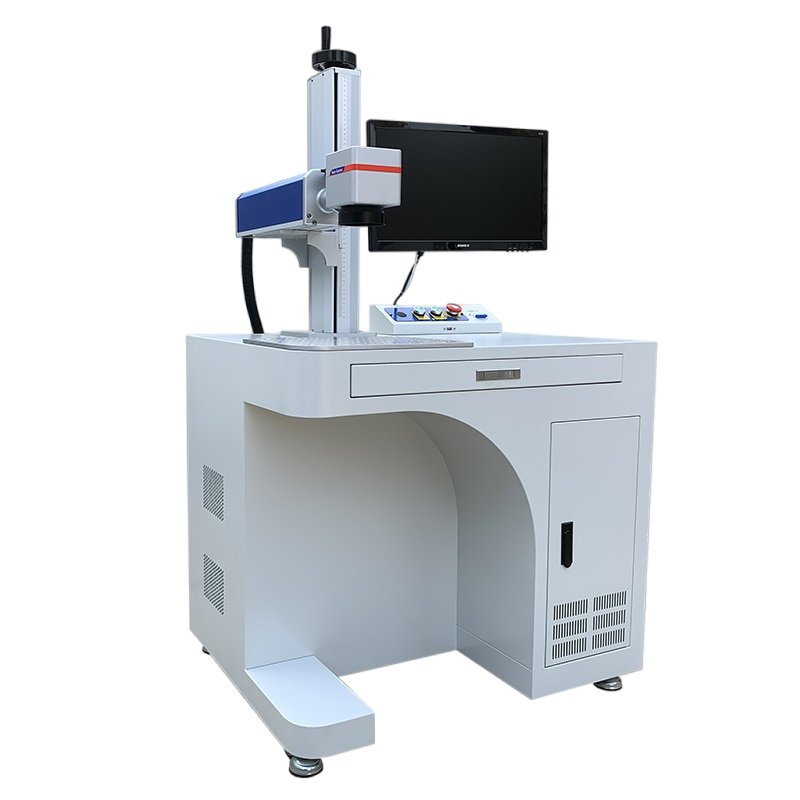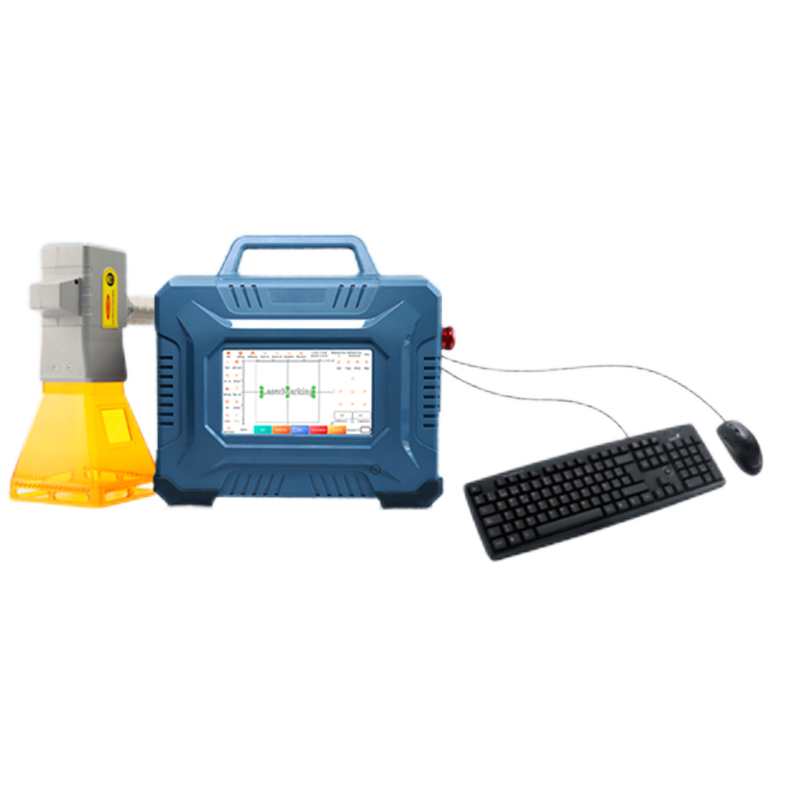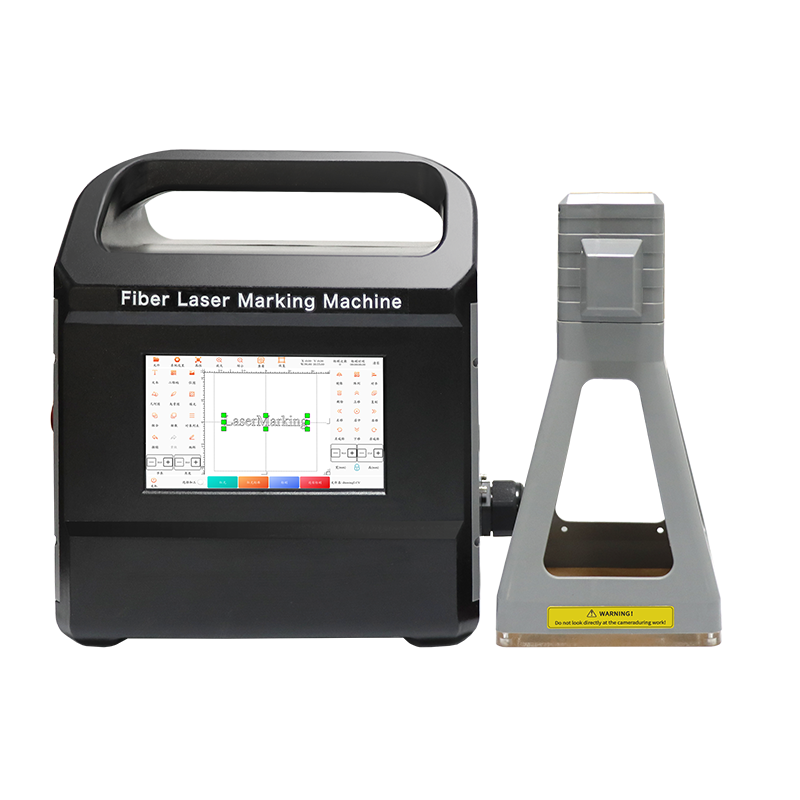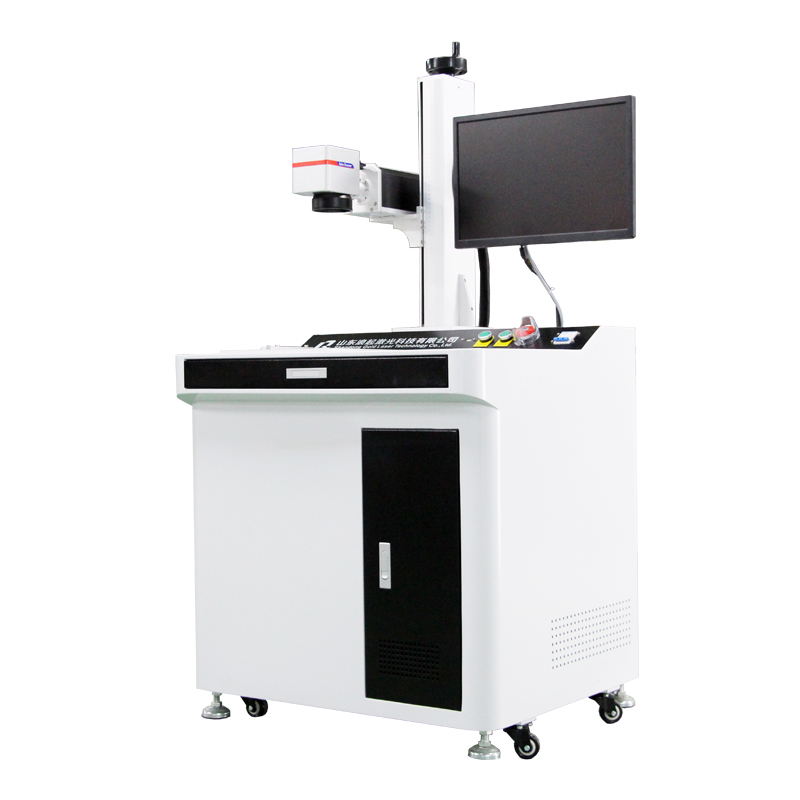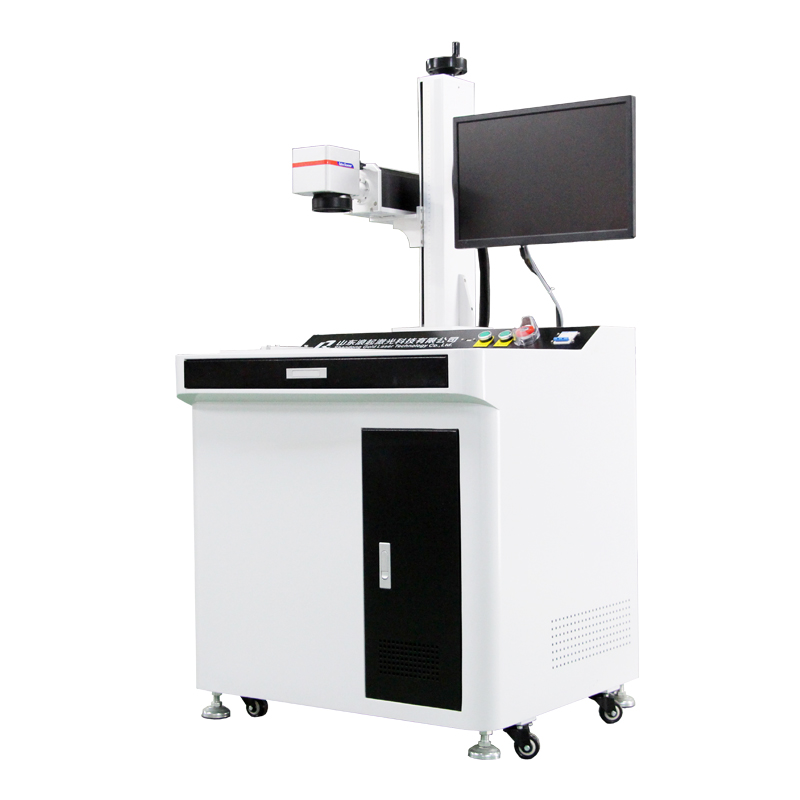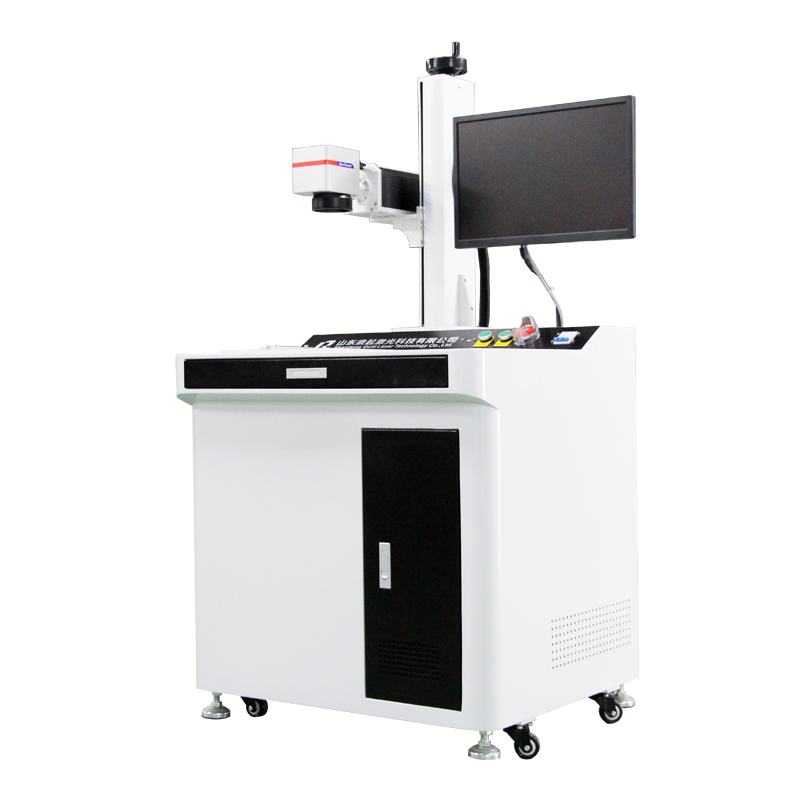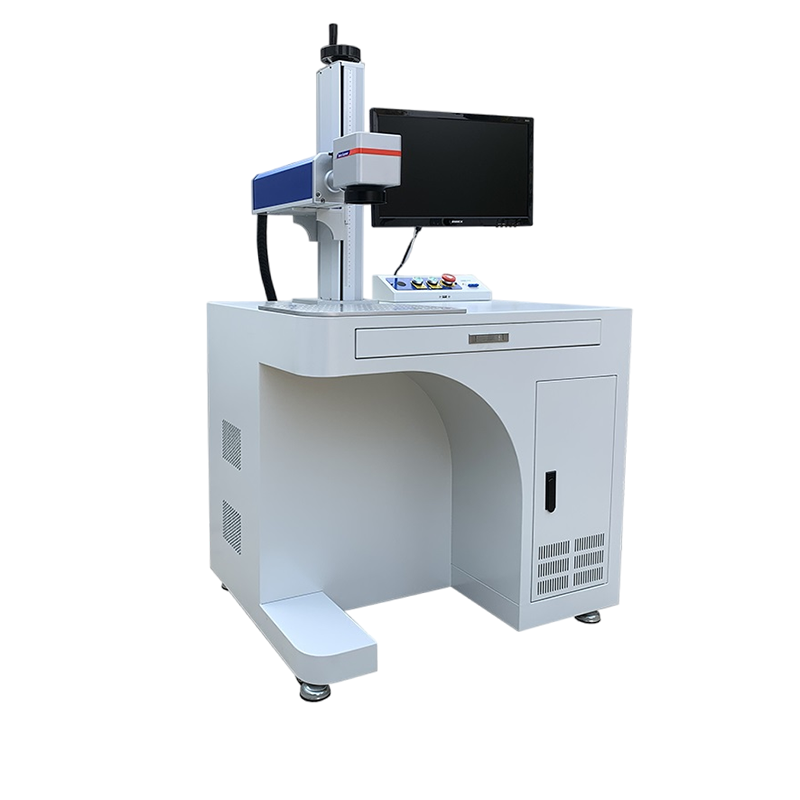Fiber laser marking machines are primarily designed for marking metals and some plastics, but their effectiveness on non-metal materials is limited compared to other laser types like CO₂ or UV lasers. However, certain non-metal materials can still be marked with fiber lasers, depending on the composition and desired effect.
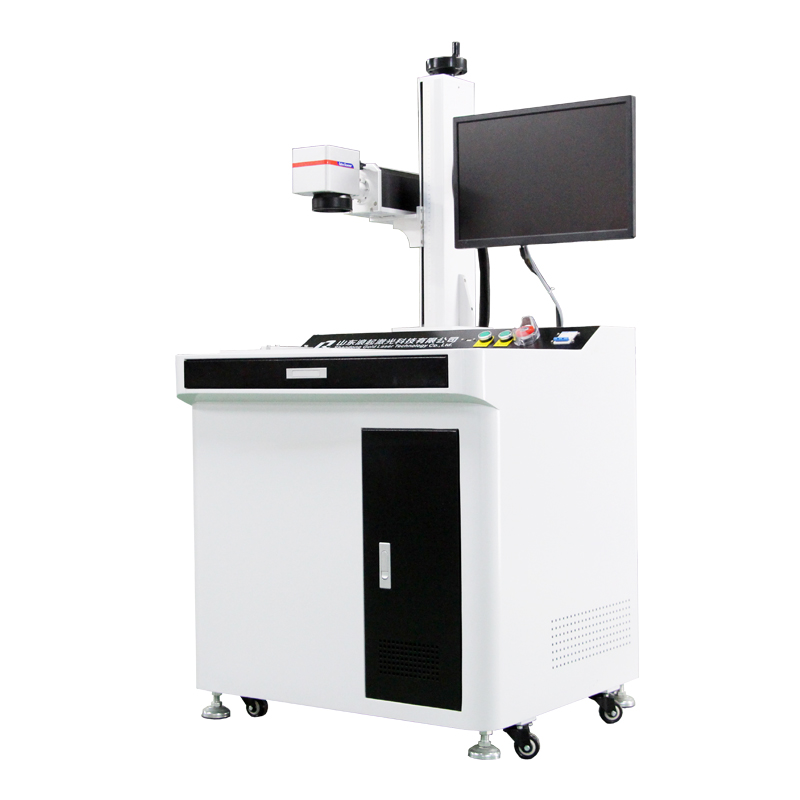
Non-Metal Materials Suitable for Fiber Laser Marking
Plastics (Some Types)
ABS, Polycarbonate, PMMA (Acrylic) – Can be marked but may require parameter adjustments.
PE, PP, PVC – Generally difficult; CO₂ or UV lasers are better.
Fiberglass & Reinforced Plastics – Can be marked with contrast changes.
Coated & Painted Surfaces
Fiber lasers can remove paint or coatings to create high-contrast marks.
Anodized Aluminum
Works well for blackening or removing anodized layers.
Ceramics & Glass (Limited)
Fiber lasers can create light engravings but often with low contrast.
CO₂ lasers are better for deep engraving on glass.
Rubber & Silicone
Can be marked for surface texturing or color change.
Wood & Leather (Not Ideal)
Fiber lasers can scorch or lightly mark, but CO₂ lasers are far superior for deep engraving.
Limitations of Fiber Lasers on Non-Metals
Low Absorption: Many non-metals (like pure plastics, glass, wood) poorly absorb the 1,064 nm wavelength of fiber lasers.
Heat Sensitivity: Some materials may melt or burn instead of producing clean marks.
Contrast Issues: Marks may appear faint compared to CO₂ or UV lasers.
Best Alternatives for Non-Metal Marking
CO₂ Laser (10.6 µm) – Ideal for wood, acrylic, glass, leather, and most plastics.
UV Laser (355 nm) – Perfect for high-precision marking on sensitive plastics and electronics.
Conclusion
While fiber lasers can mark some non-metal materials, they are not the best choice for most non-metal applications. If your primary work involves plastics, wood, glass, or organic materials, a CO₂ or UV laser marking machine would be more effective.
Would you like recommendations based on your specific material requirements?

